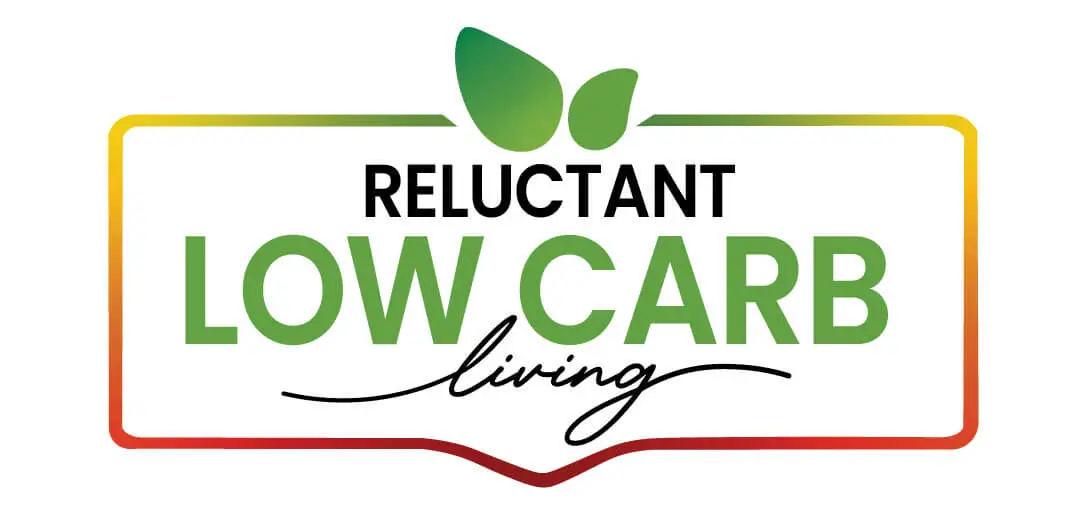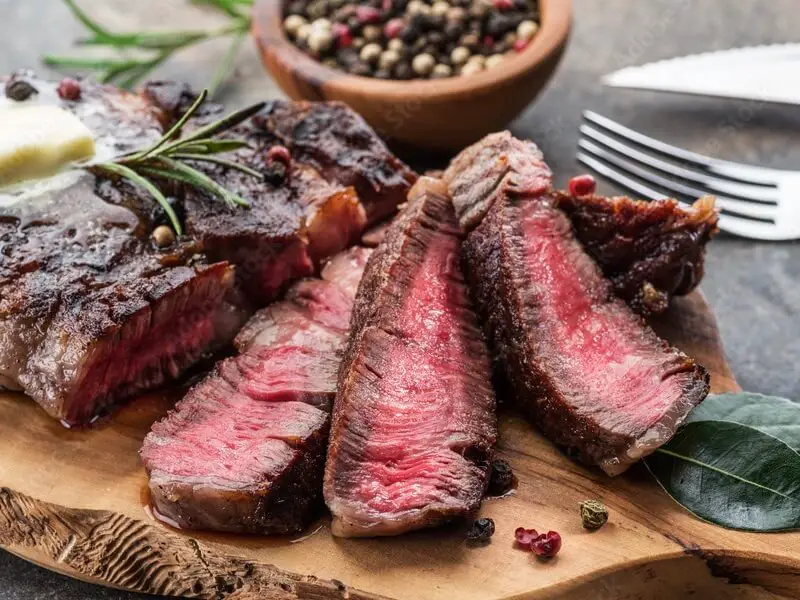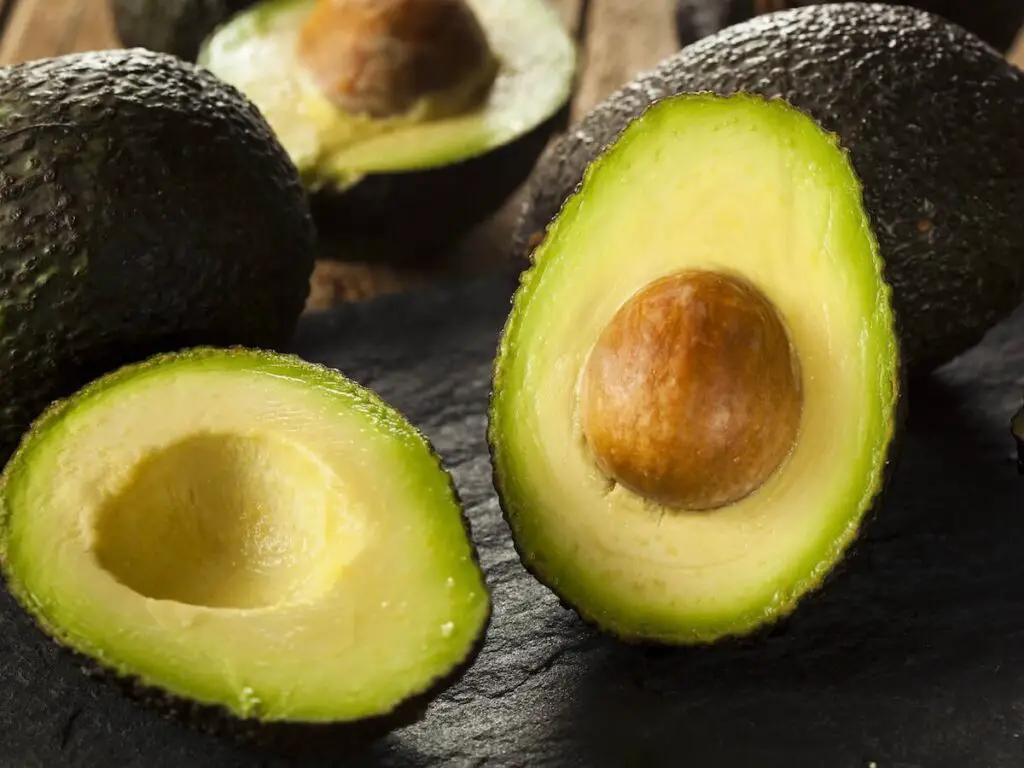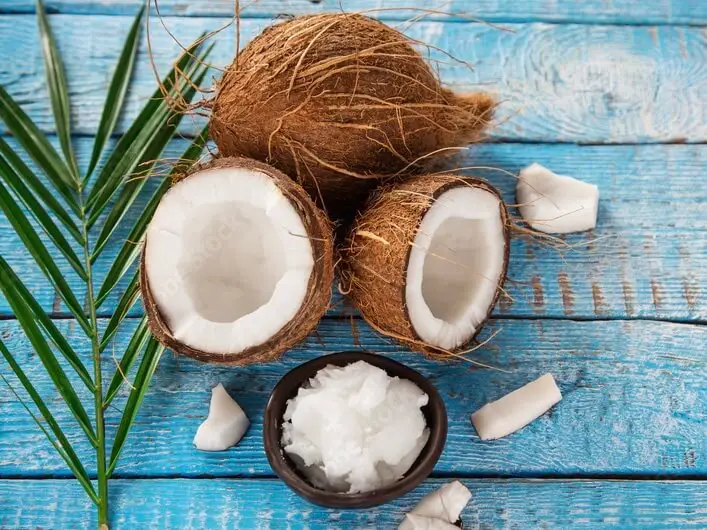If you have ever wandered down the dairy aisle of a supermarket, you’ve likely noticed the vast array of milk alternatives up for grabs. One that has caught the attention of health enthusiasts and environmentalists alike is almond milk.
This article explores the fascinating world of almond milk, from its production process to its nutritional profile. It offers a detailed comparison between this plant-based alternative and traditional dairy milk, providing much-needed clarity on where almond milk fits within the ‘dairy’ category.
Table of Contents
- Understanding Almond Milk
- Dairy Definition
- Nutritional Comparison of Almond Milk and Dairy Milk
- Impact of Almond Milk on Lifestyle
- Related Question
Understanding Almond Milk
Sip This: The Aesthetic Appeal and Creation of Alcoholic All-Star: Almond Milk
Almond milk: you’ve seen it frothed atop your favorite vegan lattes, caressing your breakfast cereal, or being the nutritious non-dairy star in your guilt-free smoothies. But have you ever wondered, ‘What exactly is almond milk, and how is it made?’
Well, buckle in, style mavens, because we’re about to dive into the nutty truth behind this oh-so-aesthetically pleasing, Instagram-worthy beverage.
First, let’s dispel the myth: almond milk is not dairy-derived, and Paddington Bear didn’t commence a milk-maid career. So, it’s all plant-based magic here, folks.
Essentially, almond milk is a charmingly simple blend of finely ground almonds and water. The result? A milky-textured liquid that blissfully marries health and indulgence—offering a creamy consistency worthy of the envy of any runway model’s skin.
So, how is this delectable elixir concocted, you ask? It’s a fascinating, almost artisanal process, beginning with high-quality almonds – the chic, neat, well-dressed guests at this Soiree du Lait.
The almonds are first soaked. They are then gently stripped of their skins to reveal the blanched almond beneath—a bit like peeling off a Dior gown to reveal lacy La Perla lingerie.
Next, the almonds are ground within an inch of their lives and then paired with purified water. This glamourous duo swirls together in a passionate tango, creating a mixture that’s extremely good to sip and even better for your waistline.
Our almond-water blend then takes a trip through a fine-mesh strainer to sift out rogue solids, resulting in a smooth, silky liqueur that’s as visually enticing as it is delicious. Voila! Almond milk, in its full backstage-pass glory.
While this is the traditional way of making almond milk, today’s modern process involves a few high-tech adjustments for efficiency. But remember, darlings, it’s all about quality.
Top brands in the almond milk world know this, and that’s why many still adhere to the principles of the original method—ensuring that what ends up on your breakfast table or in your coffee cup is as close to Mother Nature as possible.
Who knew that underneath the shimmering surface of your morning bevvie, such an intricate, esteemed process was at play? Maybe now, every time you pop open a chilled bottle of this plant-based gem, you’ll feel like you’re uncorking the secrets of a magical, almond-infused kingdom—one that’s mealtime-ready and genuinely fit for an on-trend, aesthetic-loving lifestyle.
Life is an endless runway, and darling almond milk is dressed to impress. So next time, when someone asks you, ‘What exactly is almond milk, and how is it made?’ you can confidently reply with your newfound knowledge.
After all, staying informed and stylish is the true testament of a lifestyle connoisseur. So sip, savor, and strut your stuff because almond milk isn’t just a beverage; it’s a lifestyle choice.

Dairy Definition
Dairy Deep-Dive: Understanding the ‘Milk’ in Your Morning Cup
In the realm of lifestyle and wellness, where health-conscious minds navigate through a labyrinth of food choices, the line often blurs between what’s branded as dairy and what’s not.
In our previous discussion, we delved into the appeal of almond milk – its creation, quality issues, and even its place in a lifestyle that values aesthetics and awareness. Now, let’s delve deeper and clarify: What makes a product dairy?
By definition, dairy products are derived from the milk of mammals, primarily cows, goats, sheep, and buffaloes. It might come as a surprise to some of us, but actual dairy stretches far beyond that carton of milk in our fridge. It transcends into a whole family of food categories, including cheese, cream, butter, and yogurt.
Dairy carries a distinctive nutritional profile, loaded with protein, calcium, vitamins (A, D, and B12), and minerals (zinc and phosphorus). It’s worth noting that many societies relish dairy products not only for their rich textures and flavors but also for their nutrition-packed composition.
Amid this dairy-driven diet, where does almond milk fit in? It stood prominently in our previous discourse, but here’s the catch: though frequently classified as ‘milk,’ it doesn’t originate from an animal source.
But why is it then named so? It’s technically a concoction of ground almonds and water, strained, sweetened, and often fortified to taste. The name ‘milk’ is attributed to its white color and creamy consistency, which mirrors traditional dairy milk.
However, this does not undermine the value of almond milk. Non-dairy alternatives like almond milk, soy milk, or oat milk can be excellent choices, especially for those with lactose intolerance, vegan preferences, or just a zest for something subtly different in their palate.
The choice ultimately should be personal. An understanding and appreciating of what is in our cup can enhance our overall experience and align it with our lifestyle and health preferences.
Remember, a conscious lifestyle doesn’t need to compromise on style or substance. Knowing the difference between dairy and non-dairy ‘milk’ doesn’t just inform us; it also amps up our wellness game. Stay conscious, stay fabulous!

Nutritional Comparison of Almond Milk and Dairy Milk
As our exploration into this creamy elixir expands, it’s essential to take a moment to delve into the nutritional comparison between almond milk and its dairy-based counterpart.
Understanding the nutritional content of these beverages will underscore the reason almond milk has become a mainstay on supermarket shelves and in our refrigerators.
First, let’s break down the champion of the dairy world, traditional cow’s milk. Packed with protein, it provides approximately 8 grams per one-cup serving. This is significantly higher than the standard 1 gram of protein per serving in almond milk. From the perspective of protein content, dairy milk overtakes its plant-based rival by a long shot.
Nevertheless, the nutritional story doesn’t end here. While dairy milk trumps almond milk in protein content, the latter shines in other areas. Take, for example, its lower calorie content, which clocks in at around 40 per cup compared to 103 for dairy milk (based on the unsweetened versions of both). That’s a significant difference for anyone watching their calorie intake.
Moreover, almond milk comes in as a winner in the fat department as well, particularly when it comes to saturated fats. This plant-based alternative possesses a fraction (approximately 0.5 grams/cup) of the 1.5 grams provided by dairy milk. To anyone concerned about heart health, this disparity can be significant.
Almond milk also offers a boon to the lactose-intolerant and vegans in our midst. With dairy milk’s lactose content and its origin from animals, almond milk provides a health-conscious alternative. Not to mention, its mildly sweet flavor offers a satisfying alternative to the fuller-bodied taste of dairy, which can be a significant plus point for some.
A lot has been said about calcium content, a nutrient associated with bone health. Both types of milk add a considerable amount –most brands of almond milk are fortified to match the calcium content of dairy milk, with approximately 300 milligrams per cup.
In conclusion, it’s not about being ‘better’ than the other. Both almond and dairy milk have their distinct pros and cons; they satisfy different dietary needs and health concerns.
The choice between the two highly depends on individual preferences and needs. It’s about aligning personal values, taste preferences, and health requirements without sacrificing style and substance. It’s about empowering oneself to make informed decisions.
So, whether it’s dairy or almond milk that you pour over your morning cereal or blend into your super-charged smoothies, remember to embrace conscious living because it’s not just about what we consume but how that aligns with our lifestyle choice, eventually shaping the narrative of our wellness journey.
Remember, knowledge is power; understanding what we consume is a step in the right direction for holistic wellness. It’s not just a glass of milk; it reflects personal style, health preference, and conscious living.

Impact of Almond Milk on Lifestyle
Unveiling the Versatility of Almond Milk
Switching to almond milk opens up a world of culinary possibilities. With its mild, subtly nutty flavor, it adds a unique twist to everything from coffee to smoothies to baked goods. Imagine your staple morning smoothie now elevated with the richness of almond milk.
Or perhaps that favorite cake recipe you’ve been baking with dairy milk getting a new depth of flavor with almond milk. This adaptability has chefs and bakers, both professional and amateur, experimenting with almond milk in their cuisine with delightful results!
Just like all things in a well-curated lifestyle, balance is critical. While almond milk can undoubtedly be a healthier alternative to dairy milk for some individuals, it’s not about condemning one in favor of the other.
Instead, it’s about appreciating the variety of options we have and utilizing them to create a more prosperous and diverse culinary and dietary experience.
Almond milk’s minimalistic charm is not limited to the kitchen, though. Its appeal transcends gastronomy and enters the realm of personal care and beauty.
If you are a fan of DIY beauty treatments, almond milk offers a wonder ingredient that can be whipped up into skin-nourishing face masks or soothing baths. Its vitamin E content is known for its skin-loving properties that may help rejuvenate and bring out your radiant glow.
Incorporating almond milk into your lifestyle can also mirror an eco-conscious choice. Generally, almond milk uses less water and emits fewer greenhouse gases than dairy milk, making it a more sustainable choice for the environmentally conscious individual.
Fundamentally, almond milk holds a powerful appeal for those who value health, taste, and sustainability. It’s an age where we’re not just conscious about looking good and living well but also keen on making impactful, sustainable choices for our planet.
Integrating almond milk into your lifestyle reflects a belief in embracing diversity, understanding nutritional nuances, being open to innovations in food and beauty, and, above all, a dedication to curating a lifestyle that is not just fashionable but also meaningfully healthy and environmentally forward.
And that’s where almond milk fits in – it’s more than just a dairy alternative; it crafts an enriched, multidimensional narrative of a modern lifestyle.

Embracing almond milk can be more than just a dietary choice; it can be an extension of personal lifestyle philosophies, whether they align with veganism, health consciousness, or sustainability. Its versatile nature makes it a suitable cooking substitute, a café favorite, and a contender in the dairy debate.
With its unique nutritional offerings and environmental footprint, every sip of almond milk is a testament to our choices for our well-being and the planet.
At Reluctant Low Carb Life, we are staunch advocates of the Health Trifecta: Fullness, Fitness, and Freshness. Additionally, we embrace the pillars of health, wellness, and graceful aging. Our mission is to provide honest and precise information to individuals dedicated to adopting a healthy lifestyle while enhancing their fitness and well-being.
We have a free monthly newsletter that is filled with information and helps you remain updated. Subscribe to the Reluctant Low Carb Life newsletter by clicking here.
Listen to our weekly podcast, Reluctant Low Carb Life, on all the major podcast platforms by clicking here.
Follow us on Instagram and Facebook by clicking here.
Related Question
Can You Drink Lactose-Free Milk On A Keto Diet?
The ketogenic diet is a high-fat, low-carb diet that aims to put your body into ketosis, which burns fat for energy instead of carbohydrates. While the diet can be effective for weight loss and improving specific health conditions, it is essential to know which foods are allowed and which are not, and milk is one of those foods that are naturally high in both sugars and carbohydrates. Read on as we will explore whether lactose-free milk is allowed on a keto diet and why it may not be the best option.
You can read more about Can You Drink Lactose-Free Milk On A Keto Diet? by clicking here.
Is Almond Milk Considered A Dairy Product?
Almond milk is not considered a dairy product as it is technically a plant-based milk substitute. A dairy product is a product that comes from an animal, such as a dairy cow or even a goat. We recommend substituting unsweetened almond milk for dairy milk on a keto and low-carb diet.
You can read more about Is Almond Milk Considered A Dairy Product? by clicking here.
Do We Get Fat In Drinking Almond Milk?
Unsweetened almond milk should not make you fat. It is not only low in calories but also has no carbohydrates or low sugars. When compared to whole milk, unsweetened almond milk is a much better type of milk to drink. The sweetened version of almond milk is higher in calories, high in carbohydrates, and high in sugars.
You can read more about Do We Get Fat In Drinking Almond Milk? by clicking here.






